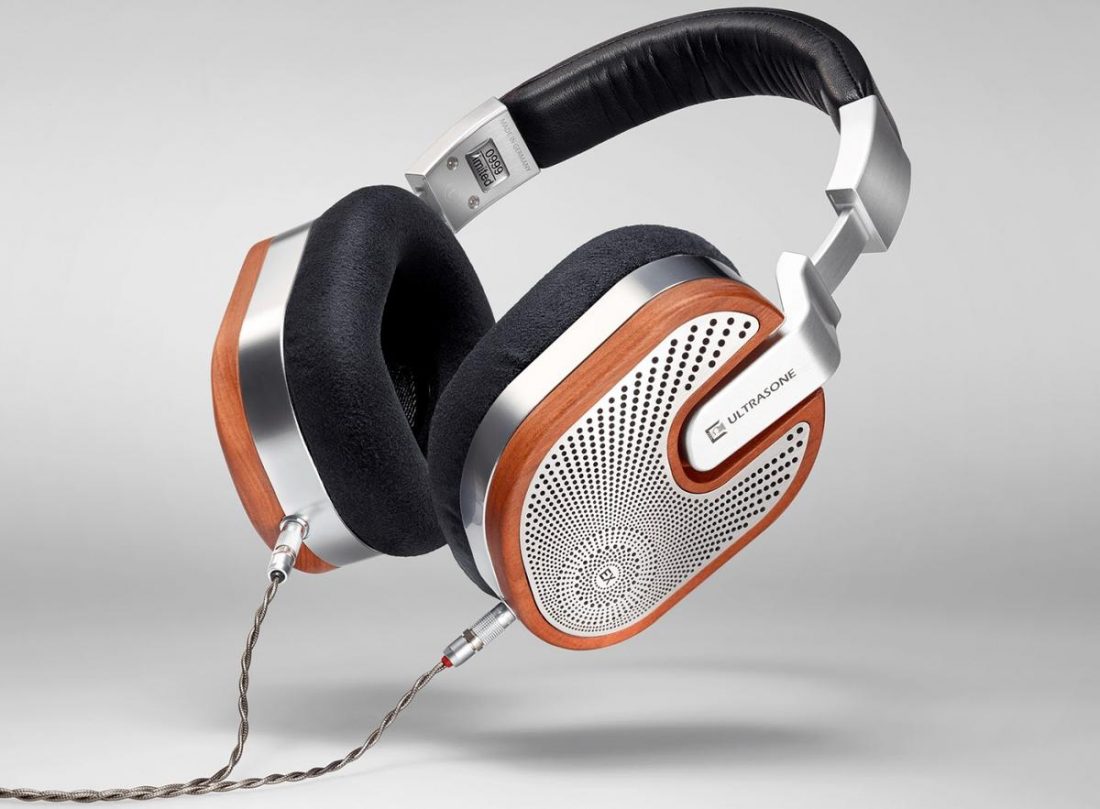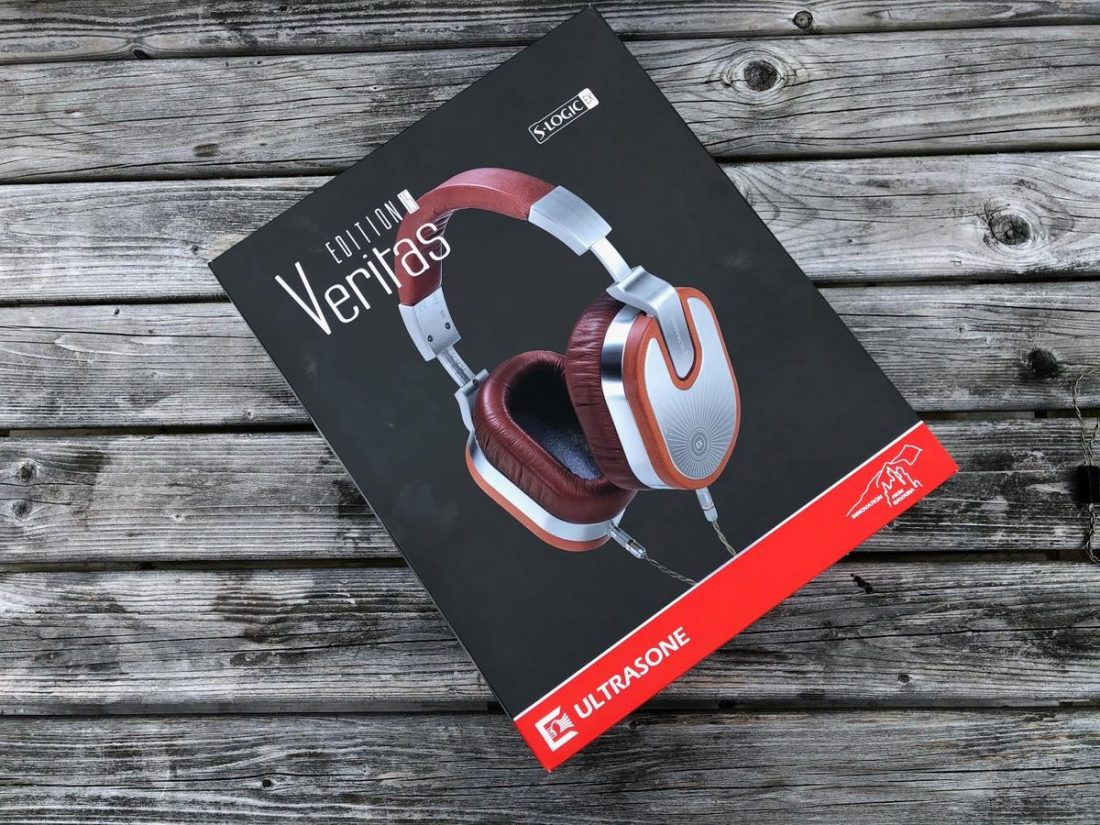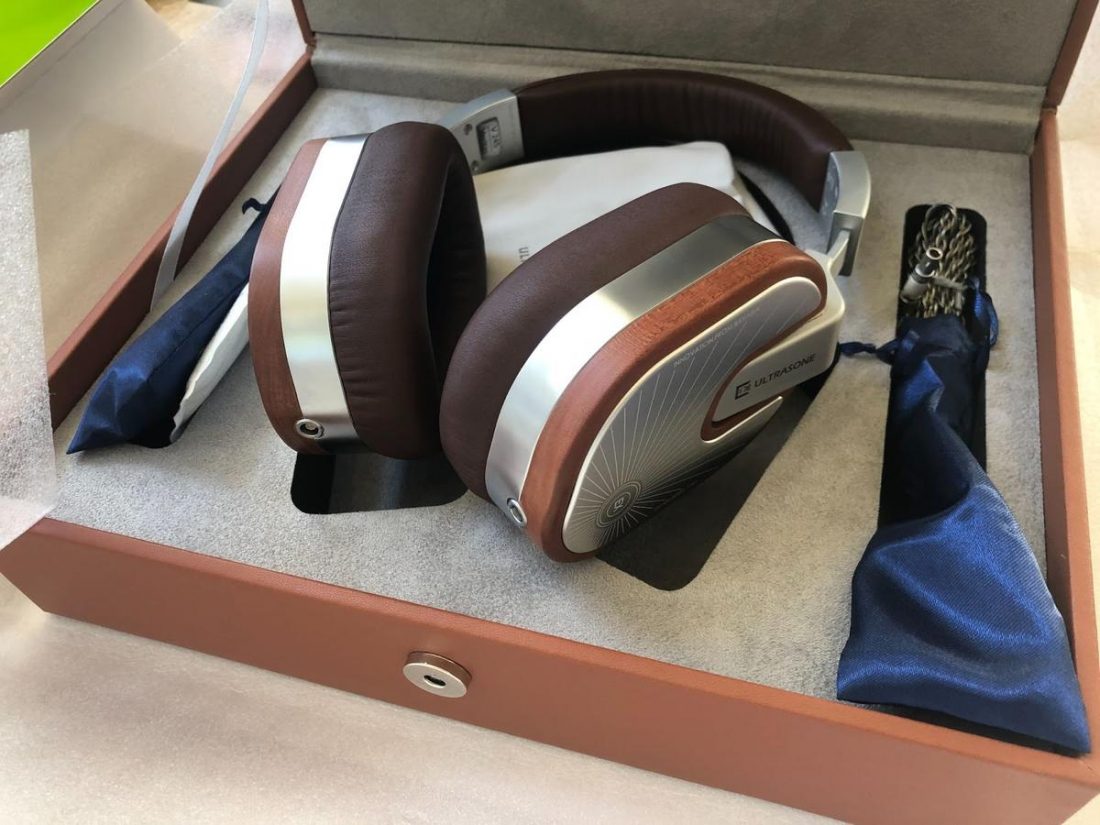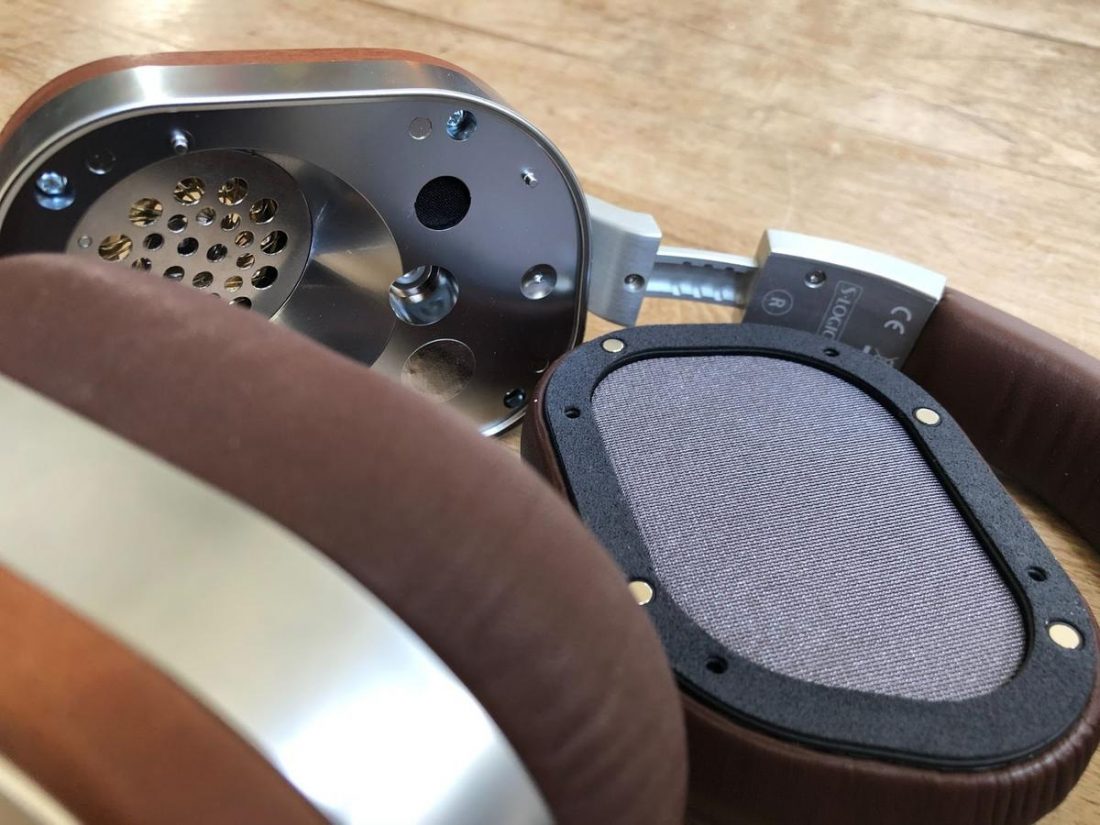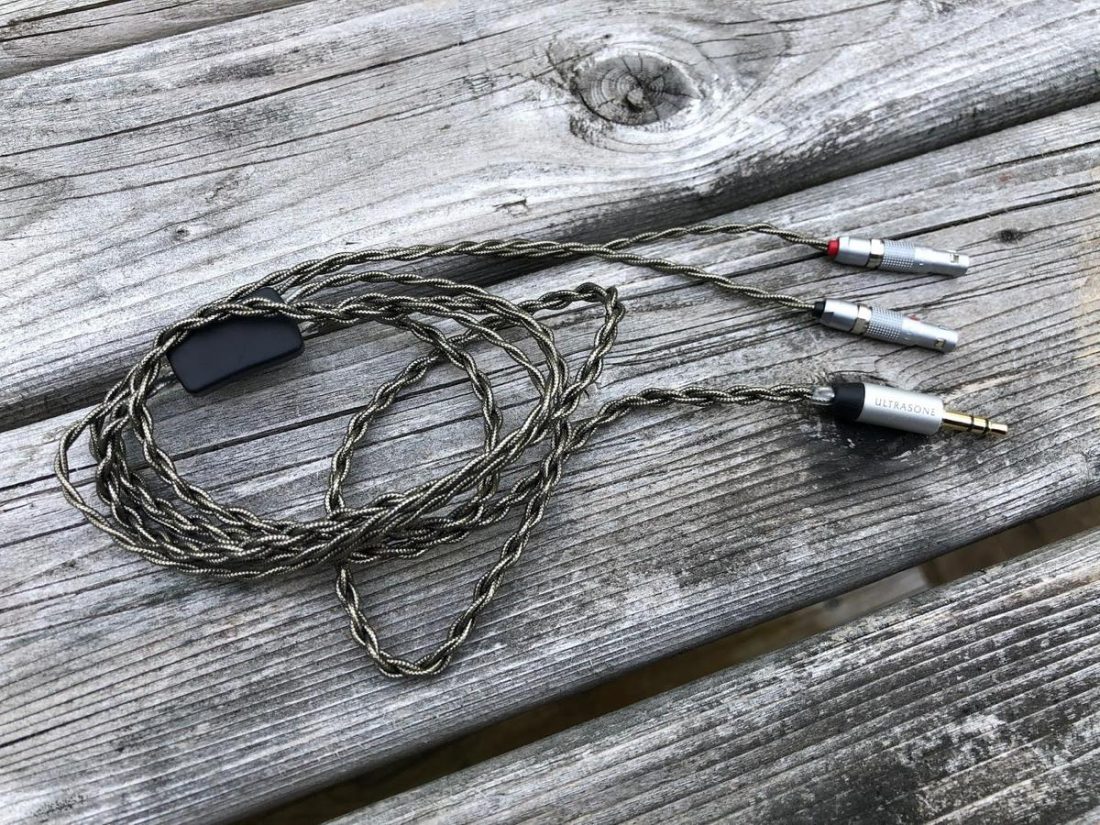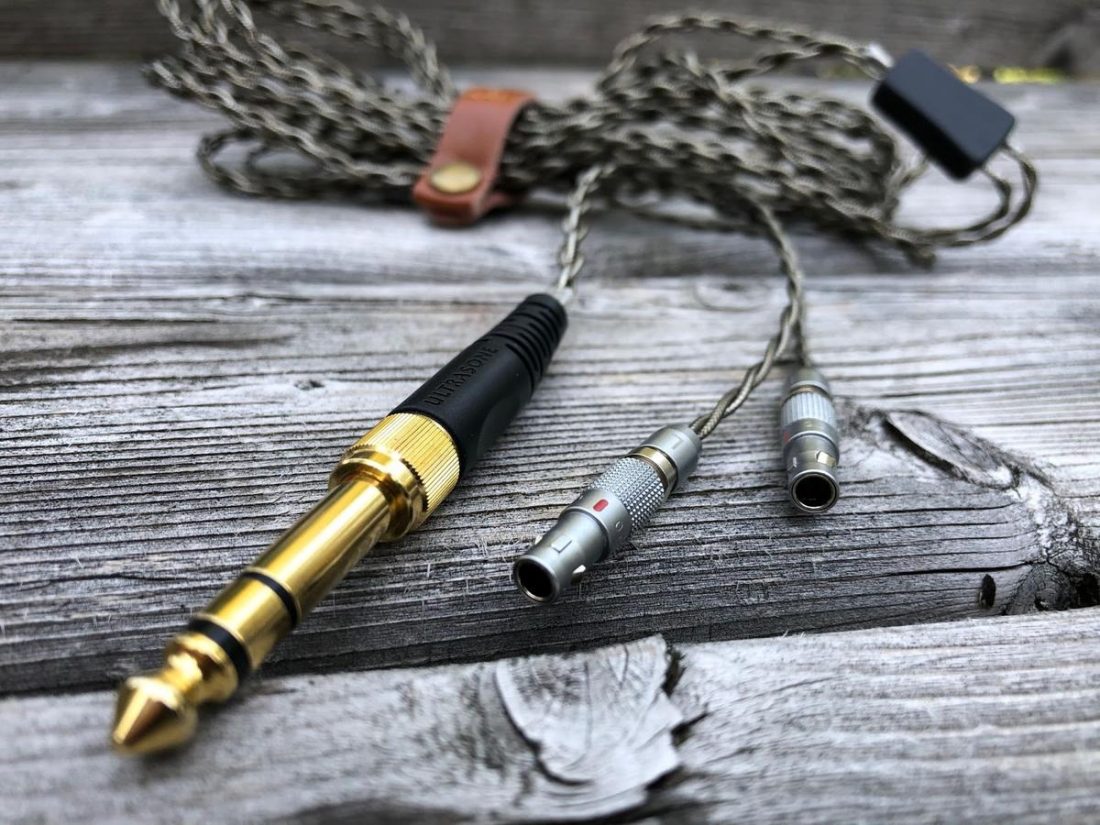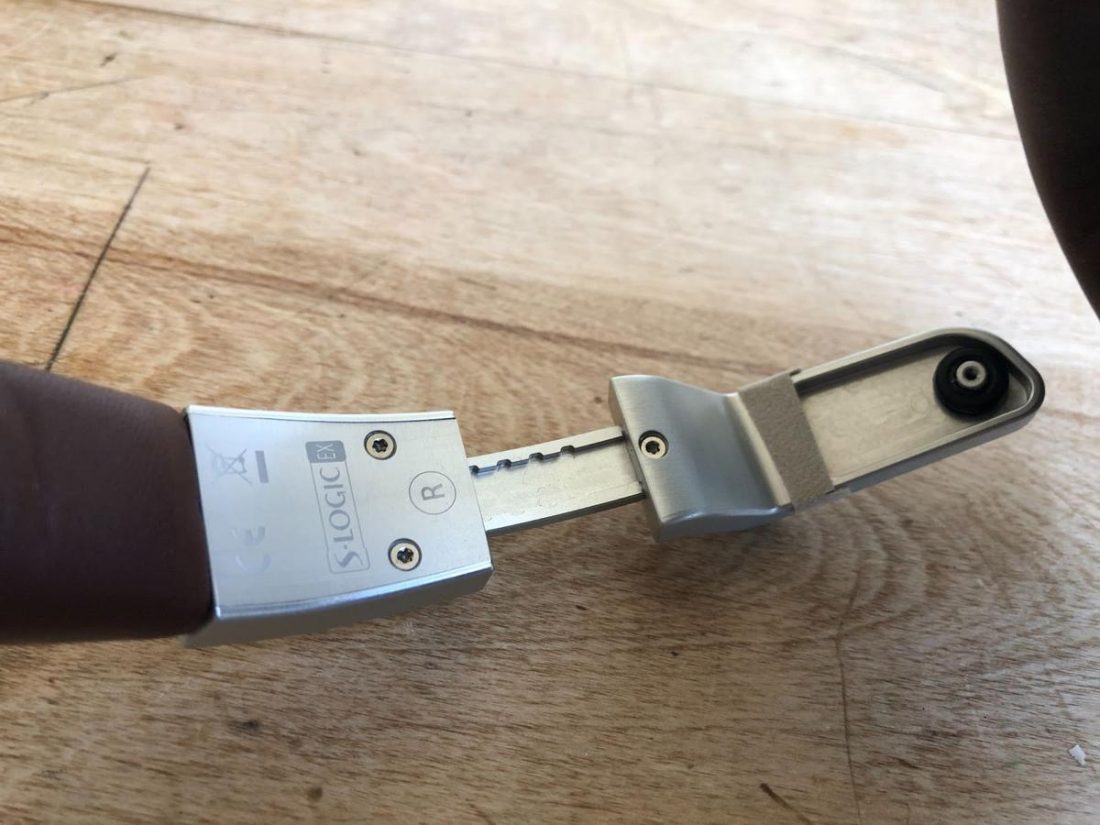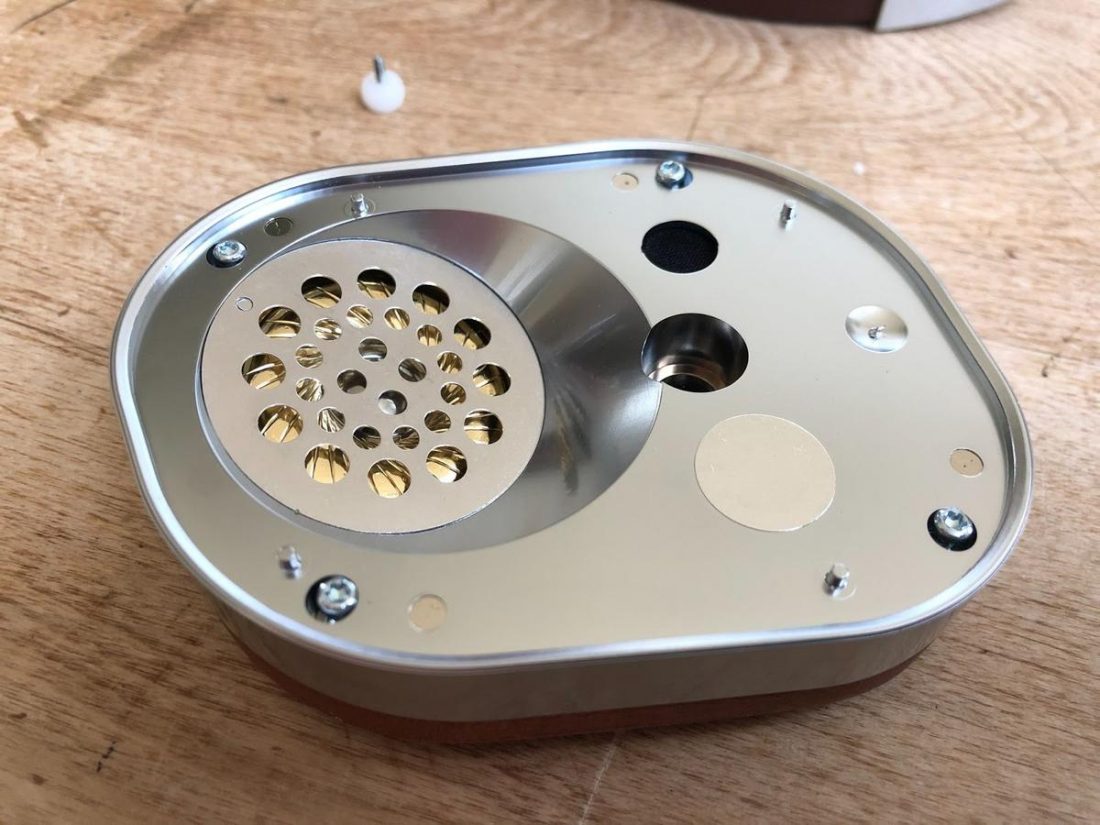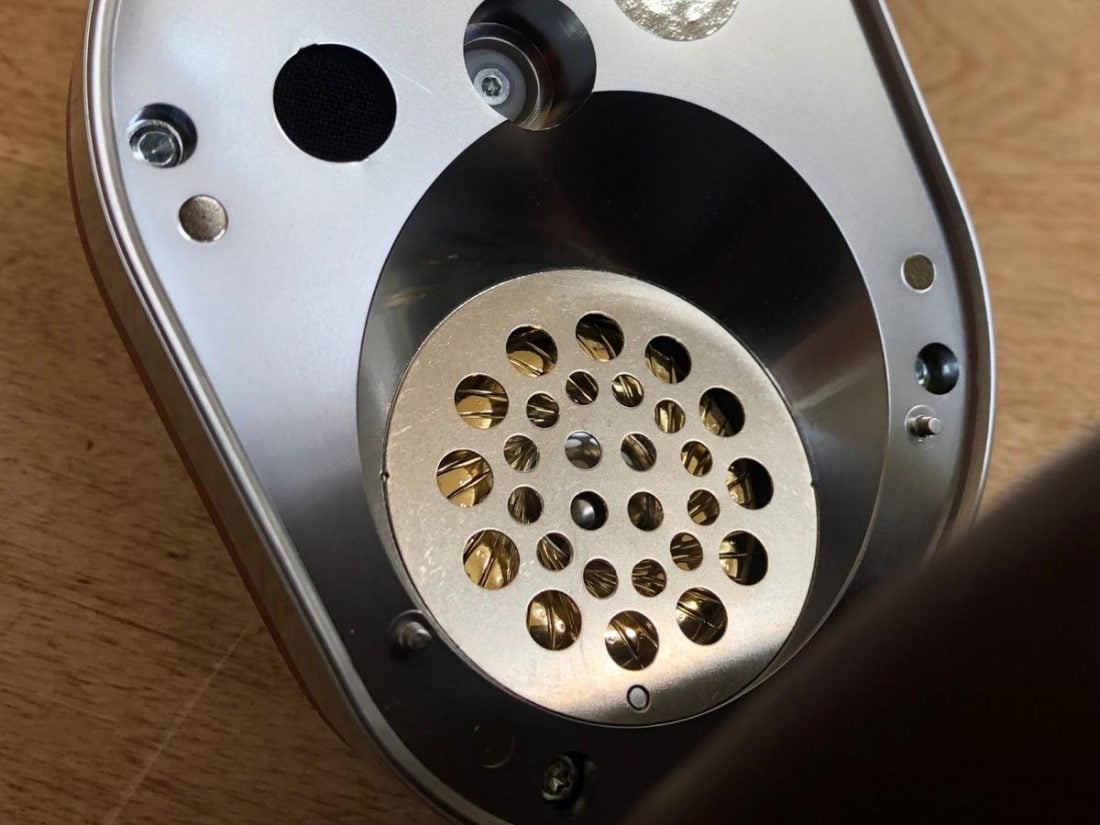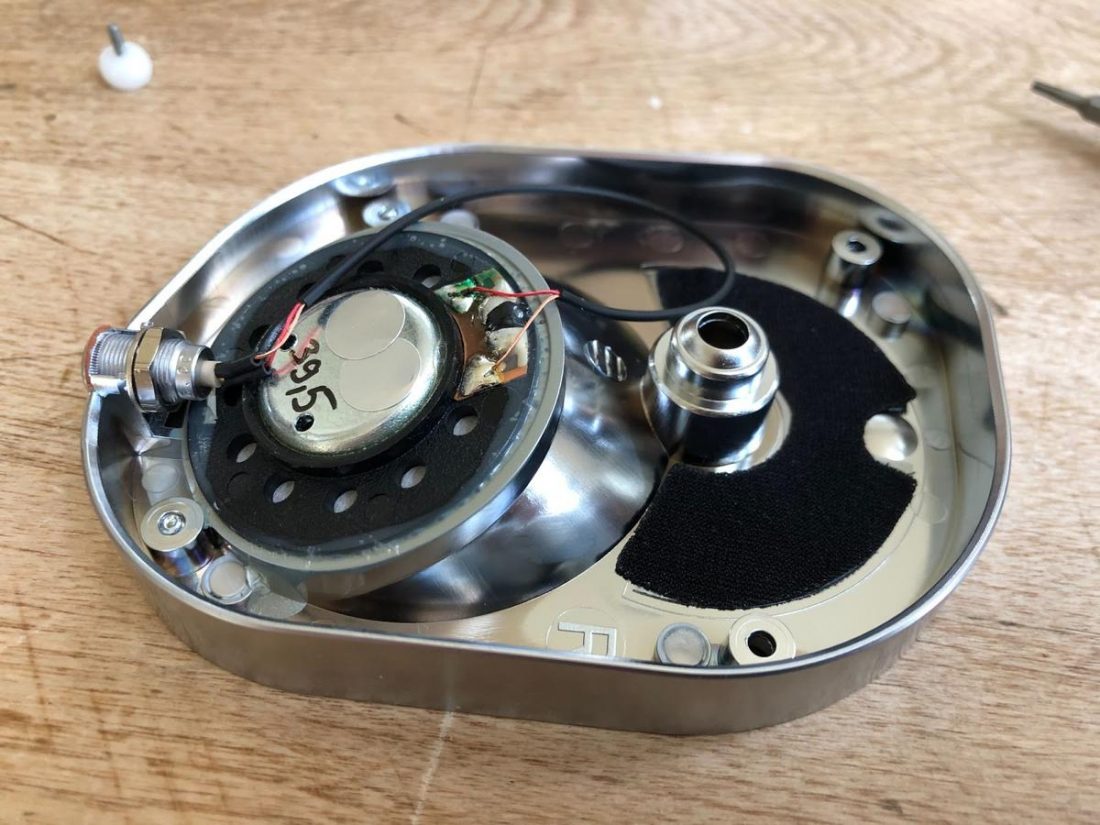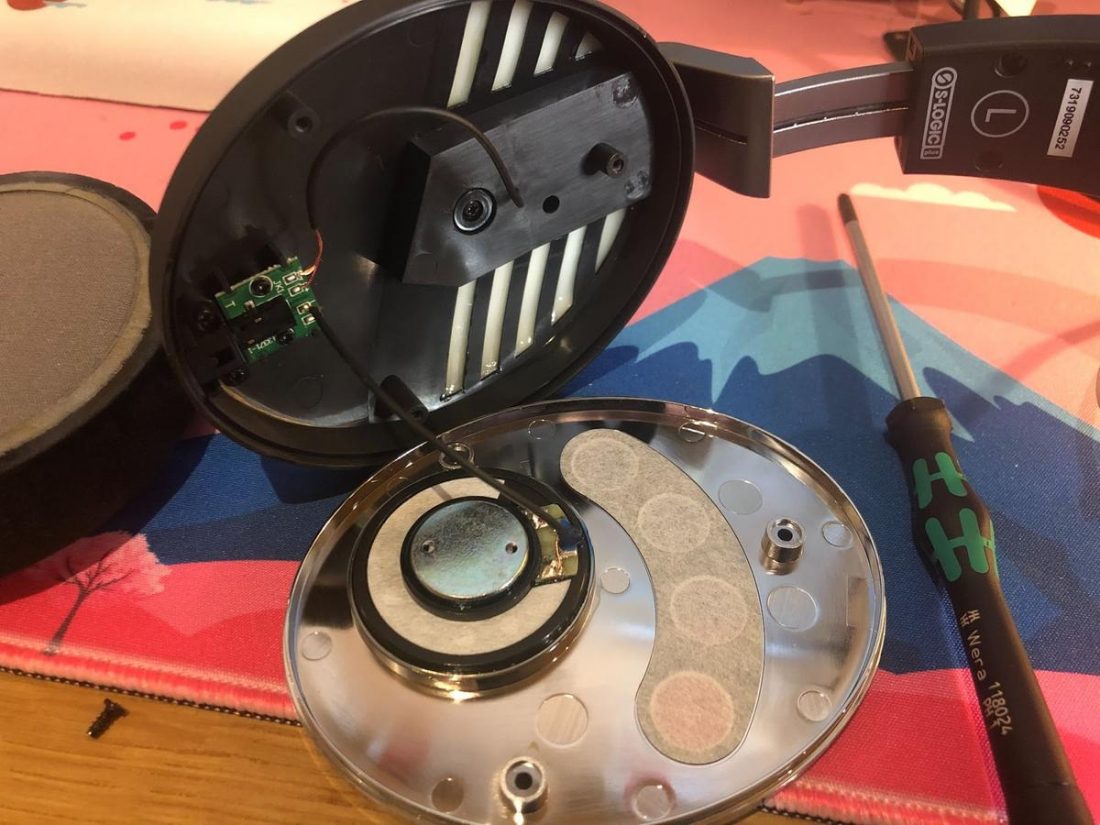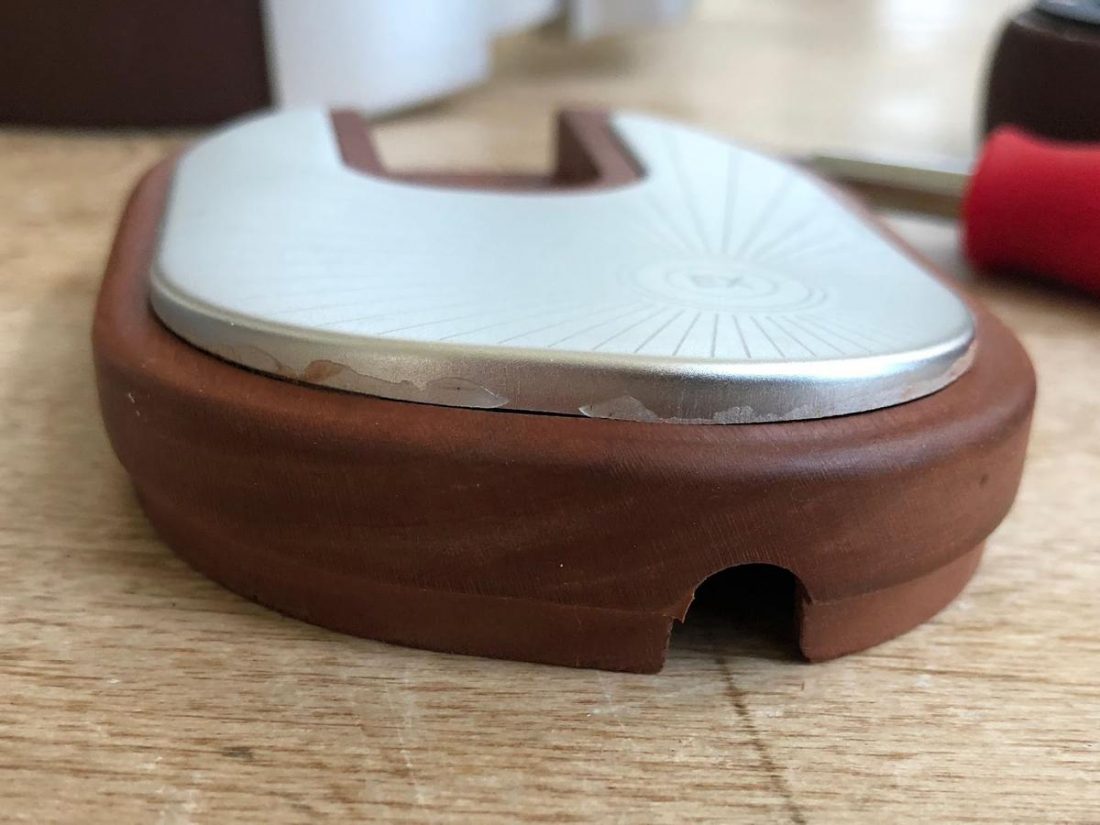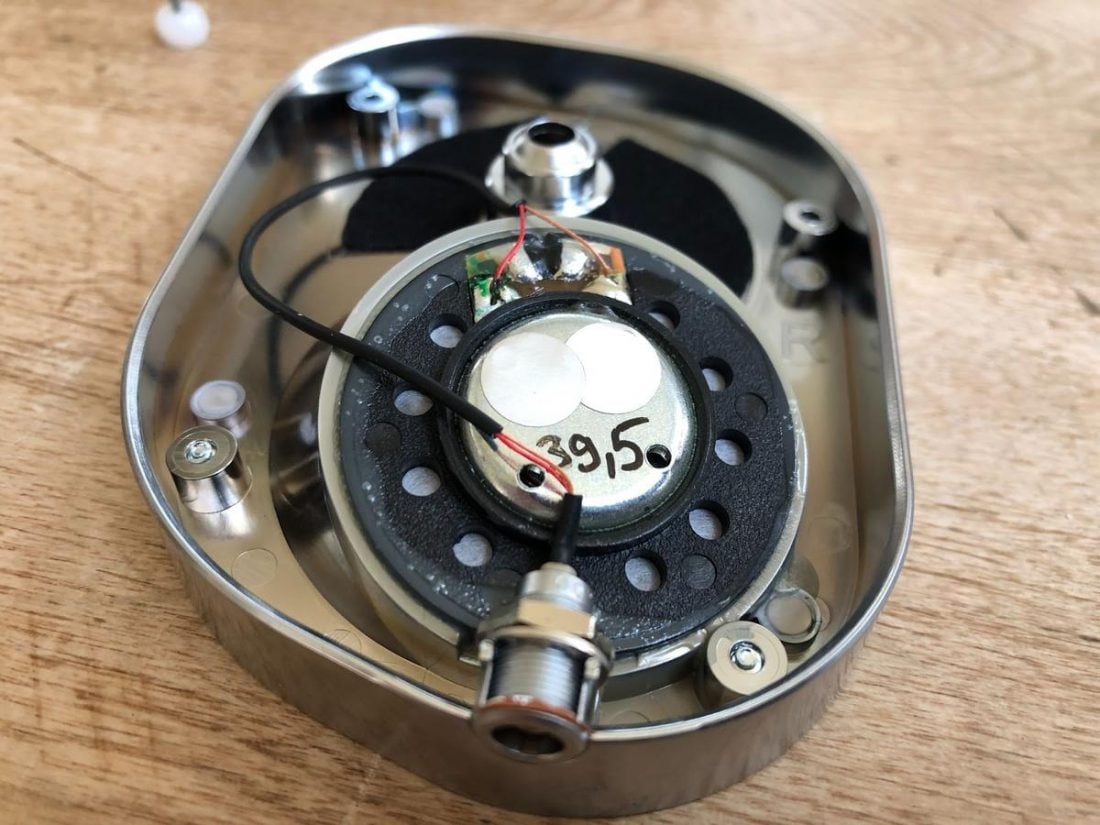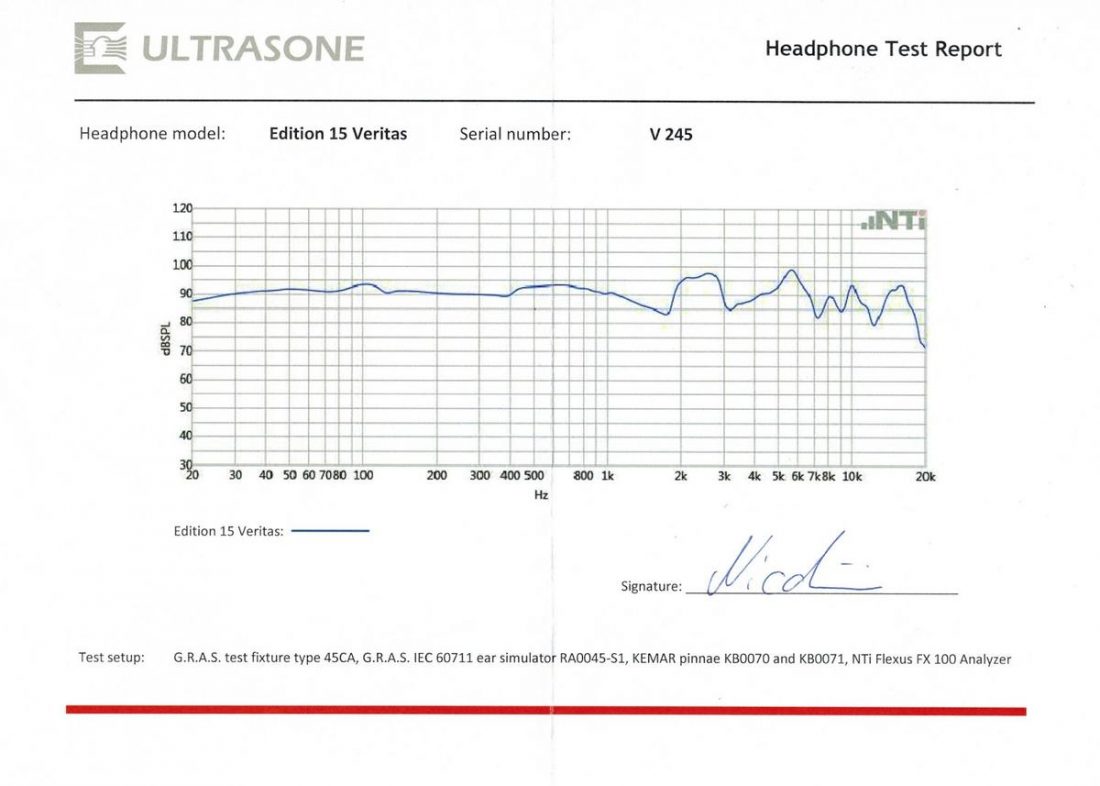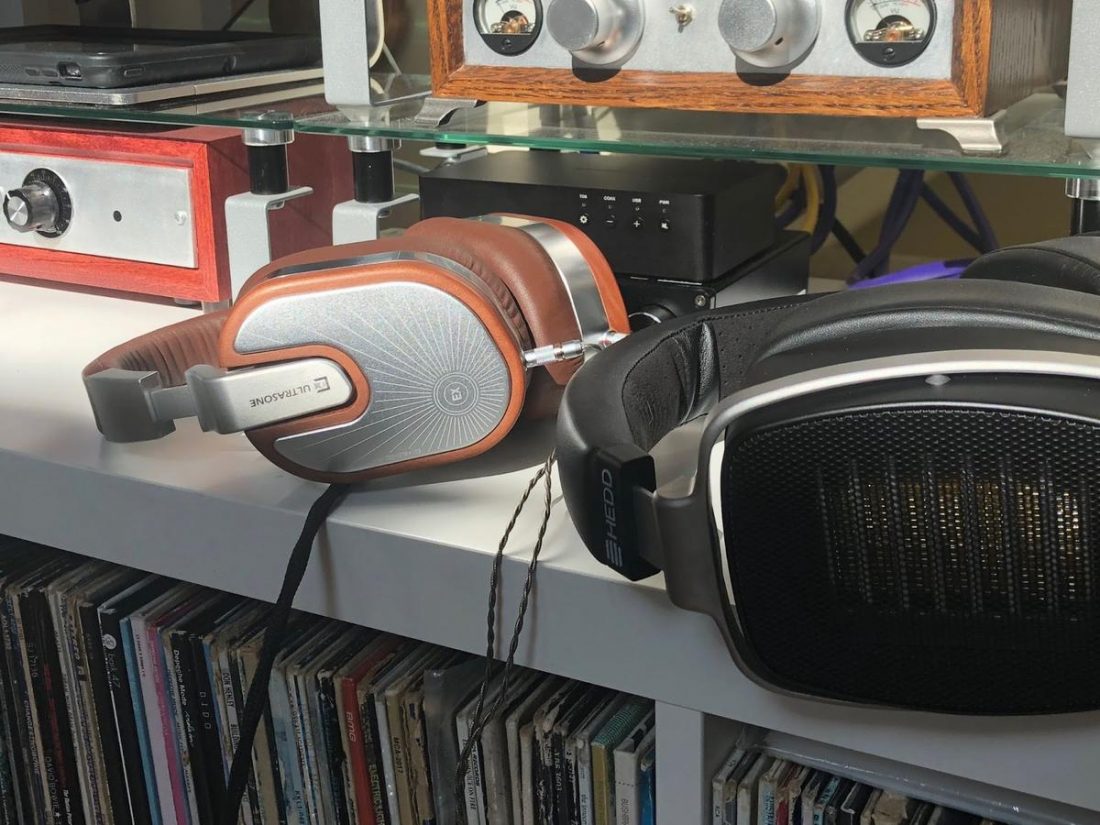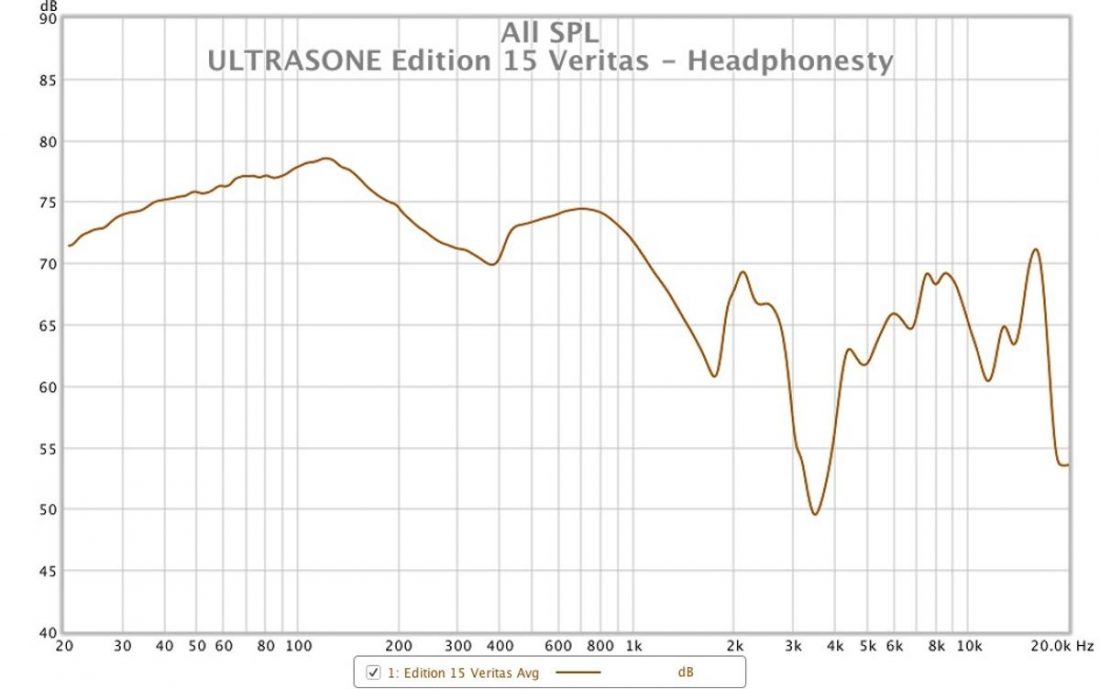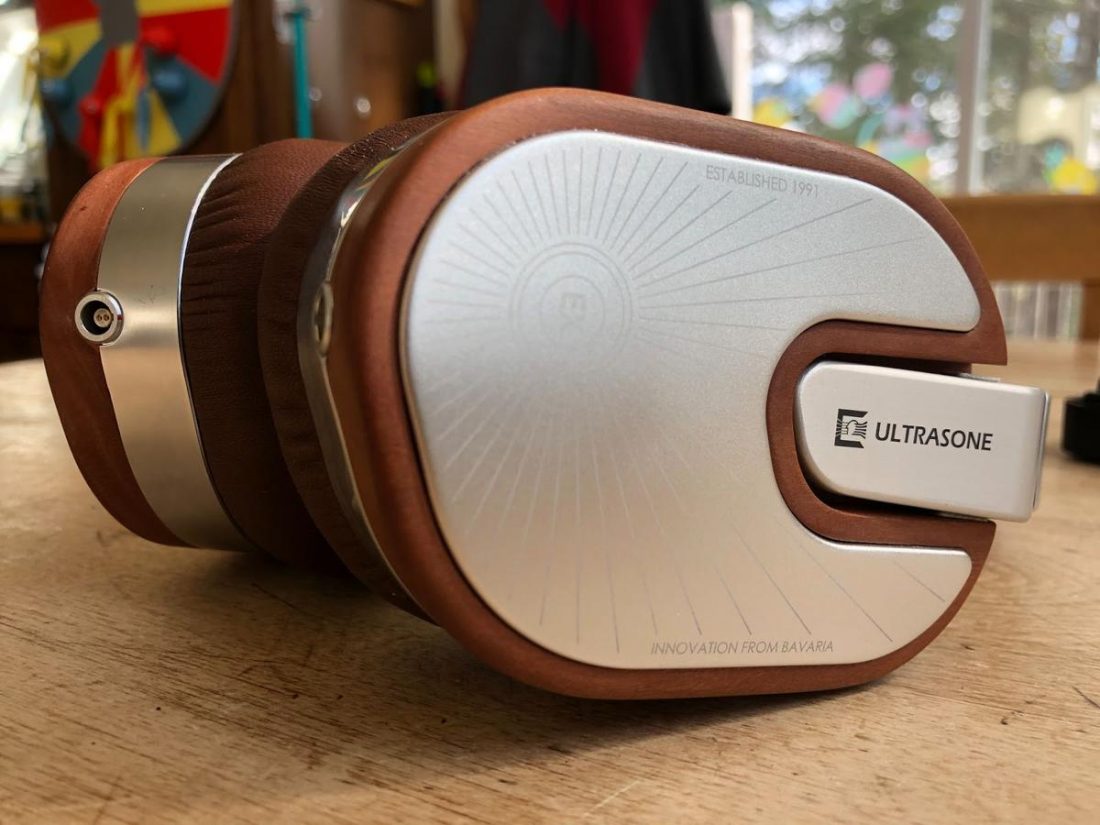What does the term ‘end-game’ mean to you? No, not the current superhero movie kind. I’m talking about the headphone sort of end-game. Those of us bitten by the audiophile bug always seem caught up in an unquenchable thirst for the next best thing. Colloquially known as ‘upgradeitis,’ it is an affliction that most seriously affects our bank accounts but can bring joy, even if only fleetingly. To me, the term end-game indicates that something is as good as it gets. A flagship, top-of-the-line (TOTL), summit-fi product. But how much does it matter how it sounds? Or how it measures? Does it matter what it costs? What’s most important? Where can you compromise? There is no single universal definition of the best pair of headphones or even what makes a pair the best. Otherwise, there would be only one. Why bother buying anything else? Even the finest headphones differentiate themselves by sound, design, and materials. For the most part, all are good, just different from each other. Yet, most of the enthusiasts and audiophiles I know are obsessed with the hunt for ‘the best.’ It’s not so much the destination, but the thrill of the ride to get there that motivates them. End-game remains a hazy concept. It serves as the gold at the end of the rainbow that no one truly expects to find; it provides the dream that fuels the search. Perhaps one only achieves end-game when one leaves the hobby? Finding your personal end-game (if even such a thing exists) is a matter of discovering the pair of headphones that best suits your own set of needs, wants, and preferences. A pair that best matches your idea of ultimate sound quality. A pair that plays the best with your gear and with the music you listen to. Unfortunately, these rare beasts are typically prohibitively expensive. It’s infrequent indeed that one of us mere mortals ever encounter one of these unicorns. The ULTRASONE Edition 15 Veritas are a contender for the end-game title. And I’m fortunate enough to have spent a few months with them. Truly, the Veritas are a unicorn’s unicorn. Firstly, they come from the quirky and controversial ULTRASONE company. ULTRASONE is a German company that produces headphones that are either loved or reviled. Just as well made as their fellow countrymen’s products (from Sennheiser and Beyerdynamic), ULTRASONE’s unique take on sound signature, technology, and design has made their headphones far less known in the North American market. Secondly, the Veritas are a closed-back flagship model. Priced the same as the original open-backed Edition 15 (released in 2017), the Veritas are unrepentantly a luxury product. Heck, the less original Edition 15 made it into our list of the most expensive headphones in the world. And less than one in five of these most expensive headphones are closed-back in design. It should come as no real surprise that with the Veritas, ULTRASONE is not following the crowd. If there is one thing that ULTRASONE excels at, it’s doing their own thing. Their headphones don’t sound like the products from other companies, nor do they measure like theoretical ideals. Not only do they not seem to care, but it appears to be a source of pride for ULTRASONE. If you read headphone enthusiast groups or forums, the responses to ULTRASONE products are incredibly polarized. Unfortunately, an infamous video review of the ULTRASONE Edition 10 (from a certain beloved but now retired headphone reviewer) was so over-the-top dramatic that it made a lasting impression on the headphone community. Now plenty of folks who have never heard a ULTRASONE product are quick to declare how overpriced and awful they are. So how do I approach this review of the Veritas? They are ‘veri’ expensive. Very, very expensive. The law of diminishing returns tells us that spending more money doesn’t linearly improve quality (be it in sound or build quality). And I (like lots of fiscally conscious others) am naturally drawn to bang-for-the-buck products. But the Veritas almost entirely disregard the price side of the price/performance ratio. So, how can they possibly live up to their cost? I’m going to look at (and listen to) the Veritas with the same critical eye (and ears) that I apply to all my headphone reviews. We’re going to swallow the big pill of their cost right up front and move on to the headphones themselves. How well are they made? How comfortable are they? How do they sound? Now let’s see if the Veritas are worthy of being considered end-game.
Company Overview
Florian M. König founded ULTRASONE AG in 1990. The objective was to manufacture advanced headphones specializing in professional audio. As such, they produced many headphones for studio, DJ, and home use. While headquartered in Bavaria, Germany, the company has manufacturing facilities in Germany and Taiwan. In addition to their patented S-Logic sound tuning, achieved by non-traditional transducer placement, ULTRASONE claims that their headphones reduce the risk of hearing damage. Accomplished with proprietary driver technology and earcups shielded to reduce electromagnetic radiation by up to 98 percent compared to other headphones. ULTRASONE is committed to responsible and sustainable business practices, and powers their Bavaria-based manufacturing plant with a solar power system. They use electric cars for the company fleet, select environmentally sustainable materials and components, utilize short delivery routes, and choose climate-neutral partners.
Technical Specifications
Form: Circumaural, closed-back Drivers: 40mm Gold + Titanium compound coated mylar dynamic drivers Impedance (Ohm): 40Ohms Sensitivity (dB): 96dB Frequency Response (Hz): 5Hz–48kHz Removable Cable: Y 1.2m, Litz braid and 3m, litz braid Source Jack: 3.5mm Cup/Shell Jack: Dual LEMO locking jacks Mic: N Weight (g): 320g Additional Features: S-LogicEX technology, MU Metal Shielding – ULE technology Warranty: 5 years
Packaging
Is there such a thing as end-game packaging? It turns out there is. Hidden inside the standard orange and grey ULTRASONE cardboard outer packaging lies a storage case befitting a product striving to be the best-of-the best. The Veritas are contained within a stitched tan leather box with a magnetic snap closure and grey Alcantara bottom. Raise the lid on the hidden hinges, and the headphones and a couple of blue satin bagged cables are nestled within grey Alcantara lined, laser-cut foam. It’s a WOW experience. No question. This isn’t a storage case; it’s a display case meant to be shown off and seen. Simple, classy, and luxurious. Other manufacturers, please take note. This is how you package upper-tier products. Not in a cardboard box.
In the box
Edition 15 Veritas Headphones with leather ear pads 120 cm 3.5mm – grey litz braid cable 300 cm 3.5mm with screw-on 6.35mm adapter – grey litz braid cable Large grey microfiber cleaning cloth Printed and signed individual Headphone Test Report
The included accessories are luxuriously presented but are sparser than I wish for. The standard Edition 15 come with velour-finished, compatible ear pads (albeit in black fabric rather than brown leather) and would be a nice additional inclusion for the Veritas. The most glaring omission for headphones at this level is the lack of an included balanced cable. I appreciate two included cable lengths, but why not terminate the longer cable with a balanced jack (XLR or 4.4 Pentaconn) and include an adapter to use it with a single-ended source if desired? It’s low hanging fruit and of incidental cost for a product like this.
Cable
The two included cables are identical in construction but with different lengths and 3.5mm termination. The longer (3m) cable allows for a screw-on 6.35mm adapter. Of course, a standard 6.35mm adapter works fine with the shorter (1.2m) cable. Why not just make them both the same? Both cables feature a sparkly grey, 4-core 26 AWG wire. They are slightly rubbery feeling, reasonably supple, and resistant to microphonics. The rectangular black rubber, ULTRASONE badged y-split is small and serviceable, while the gold-plated metal 3.5mm plug on the shorter cable is the more attractive. The LEMO 2-pin locking connectors for the cups are unusual and seem well made and robust. R and L are printed white on silver and are all but invisible. The tiny rubber strain reliefs are thankfully color-coded red and black for right and left sides.
Design
The Veritas are pretty. Very pretty. The cups are hand-made from American cherry wood and have aluminum outer plates with an ultra-classy finish that mimics the original Edition 15 vented stainless-steel plates. The band is made from brushed aluminum with a spring steel inner-band. Both the ear and band pads are wrapped in soft, supple, red-brown leather. It’s a retro-classy look that conjures images of ‘60s German-engineered convertible interiors. Honestly, the Veritas are lovely. The cup shape is a bit curious, being a vertically extended parallelogram rather than the typical round profile. After spending a lot of recent listening time with HEDDphone and Audeze products, the weight and size of the Veritas are astonishing. At only a touch over 300 grams, combined with the lovely padded bits, the Veritas fairly float on the head, although they do clamp firmly. They feel great in hand and on your noggin. The inner cup is a single piece of thin polished aluminum, intricately shaped to fit the driver and wooden exterior pieces. Somehow it all feels substantial but remains light in weight. While quite slim and svelte for a TOTL headphone, there is plenty of interior ear space within the pads, and the Veritas should fit most heads. I have no complaints regarding long-term usability and comfort. Even though they are a closed-back design with leather ear pads, the Veritas managed to remain less uncomfortably hot than many who share this design. Top marks for comfort, build quality, design, and aesthetics.
Internals
The Veritas feature 40mm mylar dynamic drivers with a dual titanium and gold coating. ULTRASONE calls this ‘gold titanium compound technology’ (GTC) and is only available in their Edition 15 headphones. GTC is a departure from their prior top-tier drivers that were solely coated in titanium.
S-Logic
ULTRASONE’s patented S-Logic tuning, which they claim provides “unparalleled spatial reproduction,” is a complicated-sounding theory that ends up being quite simple in practice. The idea is to have the sound produced by the ear cup’s driver interact with the whole ear rather than funneled directly down the ear canal. ULTRASONE determined that by positioning the transducers slightly to the front and below the center of the ear, the “…sound hits the outer ear first, creating a spatial perception for all stereo sources by involving the anatomy of the ear – no additional electronics needed. This results in impressively natural sound, directions and distances are reproduced authentically without distortion.” ULTRASONE also claims that this design protects the listener’s hearing and reduces fatigue by requiring 3-4 dB less sound pressure to achieve the same perceived volume. “That results in up to 40% less strain on your ears, drastically reducing the risk of hearing damage.” After a stiff coffee to steel my nerves, I grabbed my trusty multi-bit screwdriver set and opened up one of the Veritas cups to see the S-Logic technology at work. It turns out that opening the cups is a straightforward process with the Veritas. Remove 1 center screw to liberate the cup from the band and an additional 4 screws to separate the wooden cup from the aluminum driver plate. Simple (and non-scary) enough. I did the same with the Performance 880 headphones and what I found within them was a standard looking driver mounted to a relatively thin, chromed plastic plate. The driver mounts near the bottom, and there are four fairly large circular vents above it. There are no wave guides, chambers, nor dampening in the cup. Keeping in mind that the Performance 880 feature the lesser S-Logic Plus technology, and the Veritas are the top-tier S-LogicEX, I expected to find some differences between them. Unsurprisingly, the Veritas are changed inside. The plate is made from aluminum and not shiny plastic, and the driver is set in an angled depression, facing upwards. The plate has only two ports (unlike the 4 in the Performance 880) and one of the ports is covered with a silver sticker to prevent air motion. It appears that neither port is covered on the original Edition 15, so the tuning is clearly different between them, beyond the cup simply being open or closed. ULTRASONE mentions that the EX version of S-Logic is “based on a funnel-shaped sound transducer arrangement, oriented downwards to the front.” This design is intended to create more distance between the ear and the driver, which should increase the natural perception of spatial placement and cues in the music—creating an impression more like speaker listening than a strictly in-the-head headphone experience. The outer aluminum plate is simply pressed and glued into a slot cut in the wooden outer edge, and the cups are empty and undamped.
ULE
Additionally, ULTRASONE touts their headphones as ULE (Ultra Low Emission). This means they contain a protective shield for your ears, made from MU metal. ULTRASONE claims this protects the listener from the low-frequency magnetic fields created when an electrical signal is converted into sound by the driver. Is this important? I have absolutely no idea. But I figure it can’t hurt to have less radiation in my life. I do wonder how much the magnet ear pad attachments change the measurable magnetic radiation.
ULTRASONE Edition 15 Veritas Sound
The S-Logic technology is primarily what differentiates and defines ULTRASONE headphones. It seems it works for you, or it doesn’t. You either get it, or you don’t see (or hear) the appeal. Is it a case of expected results or compatible ear shapes? Likely a combination of both. My history with ULTRASONE products has been a little rocky. I started years ago with Pro 550 headphones. Their tuning sounded off to me. Their midrange was peaky and took me out of the music. I understood the criticism that ULTRASONE seemed to receive. I thought, maybe S-Logic just doesn’t sound natural or ‘right’? Then a few months back, I had the opportunity to review the closed-back Performance 880 headphones. I jumped at the chance to give ULTRASONE a second listen, albeit with some hesitancy. Would the 880 just be the same disappointing experience as the Pro 500? Pleasantly, I found this not to be the case. The 880 sound far more natural and real. Not perfect, but certainly an enjoyable listening experience. So, when the Veritas came along, how could I resist? Straight up, the Veritas sound really, really good. Far better than the frequency response measurements would lead you to believe. S-Logic seems to create some odd measurement results. I believe I described to the Performance 880 graph as “weird.” It’s likely at least partially due to the silicone “ears” on the measurement fixture interacting with the test-tone sound, which is exactly what the S-Logic design creates. Typically, closed-back headphones aren’t my thing. I like the airy spaciousness that good open-backed headphones can provide. Closed-back headphones always sound closed-in and boxy to me, with a blurred and unnatural boost in bass frequencies. That’s not what I hear with the Veritas. They don’t sound like open-backed headphones. The soundstage doesn’t project the same feeling of wide spaciousness that the best open models can provide. It’s more intimate and close, but it isn’t confining or claustrophobic. All the abundant detail and high-end energy of the Veritas offset any sort of boxiness or blur. The Veritas are pretty easy to drive (with an impedance of 40 Ohms and sensitivity of 96 dB) but are extremely amplifier-dependent. Their stated frequency response is 5Hz-48kHz, and it’s their high-end frequency response that dictates the Veritas amp dependence. Their treble reproduction is exceptionally detailed and borders on sharpness with some amplifier pairings. Never has the aggressively clean nature of THX amplification been so apparent as with the SMSL SP200 driving the Veritas. Let’s just say, it is not a good fit. However, the slightly rounded sonic edges and somewhat limited power of the Hagerman Tuba amplifier make a near-perfect pairing. The Burson Conductor 3 Reference amplifier is also a terrific match, bringing power and energy to the sound while controlling and smoothing the upper frequencies and reducing listener fatigue. Honestly, the Veritas sound far better than I expected. Try as I might, it’s really challenging to remove the asking price for these headphones from my mind. To totally eliminate the cost/performance ratio. To just judge them on sound alone. Once I did, I was pleasantly surprised. They genuinely outperform the kilo-buck headphones I have on hand (such as the Audeze LCD2), with much more detail retrieval and more lively dynamics. The HEDDphone provide an entirely different listening and wearing experience, at more than twice the weight (and almost as much in size), and yield more in-your-face physicality and a far wider soundstage. The Veritas overall sound is full and rich, and vocals and instruments have a strong warmth that increases their sonic weight. The Veritas have led me to reevaluate my expectations for closed-back headphones. They convey solidity and depth to the music but are delicately balanced by an abundance of detail and precision. The wrong amplifier pairing can sound harsh, but when properly matched, they shine and define high-fidelity reproduction. Music is an intimate affair. The Veritas present a near stage, small-club experience rather than a concert hall. But you are ‘right there’ for the playback. You can almost see the fingers on the strings and piano keys. With the Veritas, music reproduction is alive, vibrant and real.
Bass
I tend to think of the planar headphone sound as defining end-game headphones. That deep and powerful planar response is something that just doesn’t seem to be adequately replicated by dynamic drivers. While the Veritas don’t quite display the same raw power level, their low-end presence is oh-so-smooth and punchy. Truly subterranean bass response is more understated than with the planar alternatives, but the Veritas can hit, and hit hard. Perhaps that’s where the benefits of a closed-back dynamic driver headphone genuinely lie. Rather than the somewhat uncontrolled and bloated bass I expect from dynamic closed-back headphones, the Veritas separate and control the bass tones into a cohesive presentation that is satisfying and fun. The Veritas admirably walk the line between punch and thickness, between weight and tightness, and between speed and fullness.
Midrange
Contrary to the wisdom of Meghan Trainor, with the Veritas, it’s all about that midrange. The middle frequencies are unabashedly forward and warm but without any tradeoff in clarity or detail. Their great lower frequency control means that bass bleed is minimal, and the midrange remains textured and well-resolved. Vocals sound terrific with the Veritas, and singers sound natural and alive. Voices are conveyed realistically and commandingly. Resolution is the name of the game. Small details, nuances, and individual elements in the instruments and vocal performances are delivered with aplomb. For better or for worse, you can clearly hear it all. The upper frequencies are a touch boosted, meaning vocals jump slightly to the front of the stage. Again, this works better with some amplifier pairings than others.
Treble
The treble follows the detail of the midrange. It’s revealing and articulate but can verge from brilliant refinement to sharpness depending on what’s going on downstream. But let’s remember that these are, in fact, closed-back headphones, and they just don’t have the ultimate in extension and airiness that the best in class open-backs can deliver. I’m curious to hear the original open-backed Edition 15 and see how they compare and where the trade-offs occur. The Veritas achieve a level of resolution that few other headphones have in my experience. Perhaps this is where the ‘Veritas’ moniker originates from. Honesty. Truth. They certainly don’t hide any flaws in the music or within the gear reproducing it. When improperly driven, the sound takes on a harsher, ringing edginess, but the Veritas yield a brilliant shine when all is working as it should. This experience is all likely due to the balance of peaks around the 2-3kHz and 6-8kHz ranges. This is a touchy territory, where too much becomes piercing and fatiguing, while too little blunts and smears the sound. The Veritas may lean towards the ‘slightly too hot’ side of the balance, and depending on your gear, your ears, and your tastes, they may not be an ideal match for everyone.
Where to Buy
Manfrotto Official Store
Conclusion
So, the question remains. Are the ULTRASONE Edition 15 Veritas end-game headphones? Let’s review what we know. Firstly, at almost $3500 USD, they are near ludicrously priced. This price tag rules out the vast majority of buyers right there. As the old adage goes, if you need to ask what they cost, you can’t afford them. ULTRASONE unapologetically differentiates themselves from the competition with their unique technological designs and implementations. The Veritas represent the pinnacle of their S-Logic technology. This exclusive sound signature appeals to some ears but seemingly not to others. In fact, it may simply not work depending on your individual ear shape. The Veritas display case and the unboxing experience are unparalleled, but the included accessories are sadly missing a balanced cable and extra ear pads. Build quality is superb, and the materials and design are truly top-notch. The Veritas are a closed-back pair of headphones, and as such, have inherent pros and cons, although they do astonishingly well to minimize their drawbacks, magnify benefits, and highlight strengths. The bass is deep, tight, and controlled. The midrange is remarkably and powerfully detailed, and voices are nuanced and clear. The treble doesn’t quite extend up into stratospheric heights, and at times it runs towards fine-grained edginess. The Veritas require proper amplifier pairing to bring out the best in sound quality. Bang for the buck? No. That’s meaningless in this case. Any flagship offering (from any manufacturer) simply isn’t trying to appeal to that market. But the Veritas certainly are something special. They aren’t like anything else in your collection, not in build, accessories, nor sound. They are a top-tier indulgence product within a luxury-based hobby, and to my mind actually reside in the rarified air at the very, very top. I was fully prepared to be disappointed. Behold the mega-buck, closed-back, weirdly-tuned unicorn! Yet, I am not disappointed at all. In the Veritas, I hear refinement, detail, and resolution fitting a TOTL product. Yes, even deserving of the title ‘end-game’ headphones.

